Going back to school this year is sure to look different, so we’re digging into what it may look like and how to make the most of it for your family.
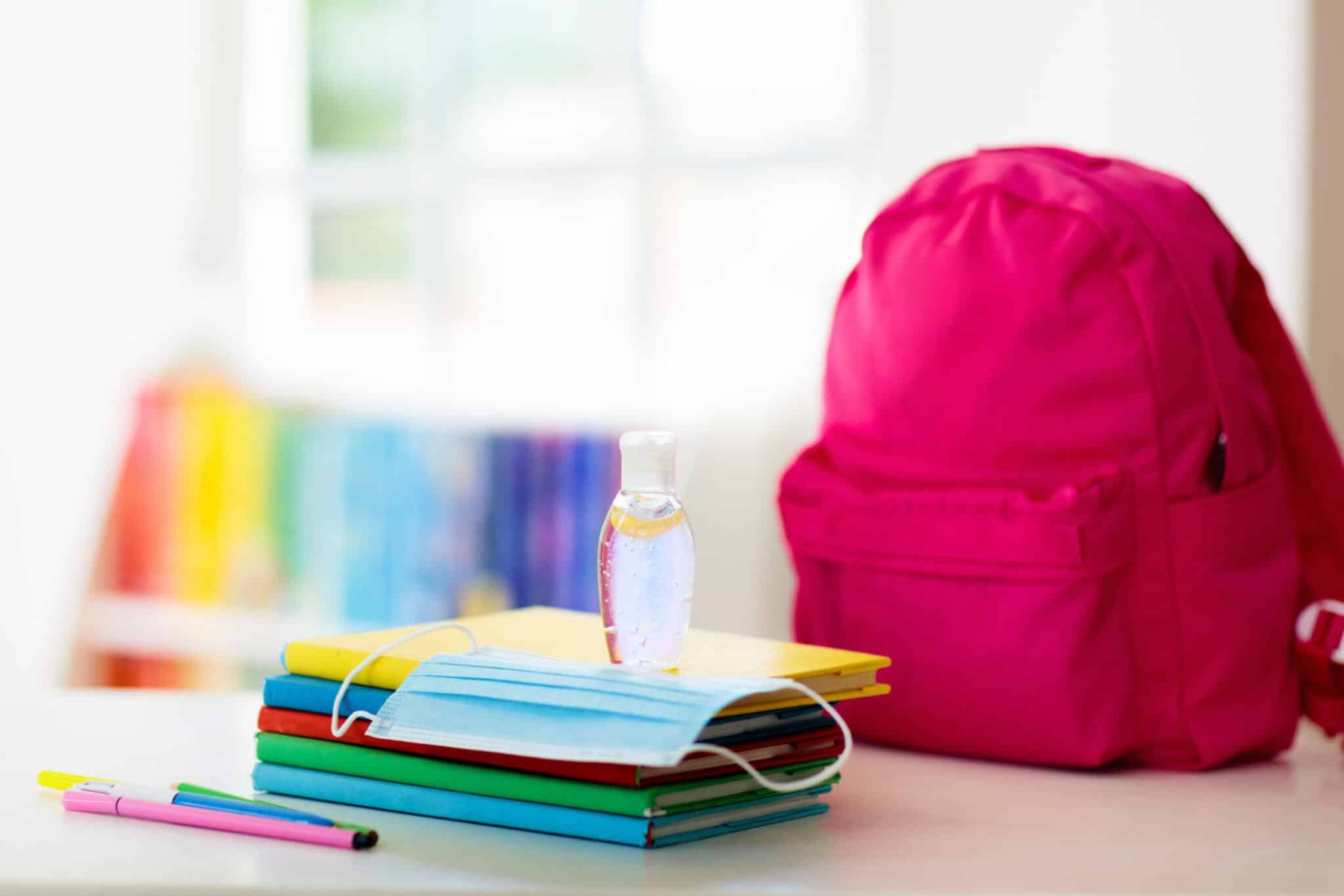
When this pandemic started and schools went virtual in the spring, I think most of us were pretty certain that by the time the fall back-to-school season came around, things would look just like they always have, and kiddos would be donning new backpacks, clothes, and supplies as they gathered with their peers to chat about all that they did over the summer. Well, it seems as though the start of the school year is pretty on-brand with the rest of 2020: everything is not back to normal and we’re once again learning how to pivot and make intentional, hard decisions for our families.
Whether you’re choosing to send your kiddos for in-person learning, keeping them home (or at daycare) for virtual learning, or pivoting entirely and starting the new journey of homeschooling, we first want you to know that your decision is THE RIGHT ONE. Whatever you choose for your family is *right*. If your neighbor is doing something different than you are, that’s ok…they’re right too! Each person’s decision was made with intention and with the heart of their family at the front of their mind, making each person’s decision the absolute best one for them.
What does back to school look like in 2020?
I’ll warn you now: this is going a murky answer, indeed! To be quite honest, this question could be answered in a million different ways depending on the current impact of the pandemic where you’re located and the decisions that your government officials are making for your state’s education system. What I’m *mostly* seeing across the board, though, is that a lot of schools are offering an option for either in-person or virtual learning, but this looks totally different for each district, county, and state.
- Most in-person learning will require kiddos to stay socially distanced at all times, and activities that can’t be socially distanced will be limited.
- Many schools will require kiddos, teachers, and staff to wear masks at all times.
- Some in-person learning will be done for *all* kiddos Monday-Friday, while others will be on a rotation based on last name (i.e. kiddos with a last name that starts with A-L will report in-person on Mondays, but will learn virtually the rest of the week while the other groups of students rotate through the building for their designated in-person day).
- If feasible, in-person learners will do much of their day-to-day in their primary classroom (in many cases, “special” classes like art, music, etc. will be brought to your learner’s classroom, as will lunch and other day-to-day activities that typically require leaving the primary classroom).
- Many districts are offering technology to virtual learners who need it.
- Many districts are still offering meals (breakfast and lunch) for ALL kiddos (in-person and virtual).
We are re-thinking packing lunch: what does that mean?
To keep germs contained as much as possible, a lot of schools are requiring lunches to be packed in fully disposable packaging. While this makes us cringe a little bit, we certainly understand that these decisions are (again) hard, made with intention, and deserve to be respected and observed. While disposable lunch gear is far from environmentally-ideal, making the best choices in the current circumstances is possible, so it’s important to find recyclable, compostable, and biodegradable goods when you can. Many schools have trashcans for trash and for recycling, so instruct your little to know the difference and to know which trash goes where!
We are asking our educational systems tough questions on racial inclusion: what does that mean?
2020 hasn’t just been the host of a global pandemic, it’s also been a transformative year that’s brought to light so many racial injustices that need our constant thought, attention, and action. This kind of action takes a huge amount of unlearning and relearning for many adults, but our kiddos are still SO moldable, and we have the unique opportunity of being able to shape their little minds with inclusive thoughts, words, and actions so that the world they lead one day is drastically different than the one they’re running around in now. Here are a few questions to ask your principals, superintendents, and governing leaders:
- What kinds of posters are being hung in my child’s classroom/the hallways? Are they inclusive? Do they represent the population as a whole?
- Are teachers reading books to my children that have a cast of diverse characters from different races, backgrounds, and socioeconomic statuses?
- Is my child learning about empathy and kindness at school? Are there weekly lessons? (many of these are run by school counselors)
- Are the resources for ELL (English Language Learners) plentiful in my child’s classroom? Are there visuals throughout the classroom?
- Is there a place for struggling learners and/or Special Education students to go when they need extra help beyond what a classroom teacher can provide?
We are opting for sustainable clothing: what does that mean?
In short, sustainable clothing is made with the good of people and the environment in mind. Materials that contain toxins and harmful chemicals are swapped for safer options, and the workers responsible for creating your closet staples are treated in a safe, healthy, and fair way. When written like that, sustainable fashion should be something that we can *all* get behind, right? Many sustainable clothing brands also give back to the community in some way, so purchasing clothing also means that you’re helping to make this give back possible.
Sustainable clothing may be a bigger expense than you’re used to (it makes sense, though…fair wages for employees and safer, non-toxic materials cost more, right?), so our recommendation is to start small! Buy a few pieces to start, and as your kiddo outgrows their existing clothes, slowly swap them for sustainable pieces. Another great affordable option is finding some gently used kid’s clothing stores in your city!
School Necessities
Below is a list of school necessities that we hope make your life just a little bit easier, and help your kiddo to feel a sense of normalcy!
School Supplies
- Sprout Pencils – these pencils are so cool! Not only are they made from 100% eco-friendly material, but they can also be planted (yes, PLANTED!) once they’re too short to write with.
- Onyx and Green Erasers – these erasers are made from recycled rubber and come in 3 bright, fun colors!
- Mintra Eco-Friendly Notebooks – the paper in these notebooks is made from sugarcane waste material and dyed with vegetable ink for an eco-friendly, affordable notebook option!
Backpacks
- State Backpack – these backpacks are beautiful, well-made, and inclusive. Plus, with each purchase, State gives back to families and kiddos in need…pretty awesome!
- Parkland Backpack – these bags are so cute! Plus, they’re made with 100% recycled plastic water bottles, and Parkland ensures that the factories that their goods are made in follow safety, labor, and wage standards.
Lunch Gear
- Paper Sandwich Bags – these biodegradable and compostable baggies are a great disposable alternative to traditional plastic baggies.
- Disposable Wooden Cutlery – this set of recyclable cutlery comes in a big pack and can be tossed in the recycling bin after use.
- Pura Stainless Water Bottle – this plastic-free water bottle tops our list for a couple of reasons. It’s a 100% plastic-free bottle, Non-Toxic Certified through MADESAFE, and is designed to grow with your kiddo as they grow by offering a variety of plastic-free, food-grade silicone spouts for every age – the straw and sport top options are perfect for school-aged kiddos.
- Compostable Take-Out Containers – For lunch items that won’t fit into a sandwich bag, these compostable clamshell containers and these recyclable, grease-resistant takeout containers are good options.
Snacks
- Chex Mix – this homemade Chex Mix is the BEST kiddo snack! It’s just as yummy as the store-bought stuff but made with much better ingredients.
- RX Kids Snack Bar – we LOVE the adult-sized versions of these bars for their simple list of ingredients, and the kiddo version is no different!
- Dried Mango – this homemade dried mango is DELICIOUS! Feel free to leave off the chili powder if your kiddos are sensitive to spice. Though this recipe is super easy, store-bought dried mango is also a great option – just be sure to look out for any sneaky sugar lurking around in the ingredients list!

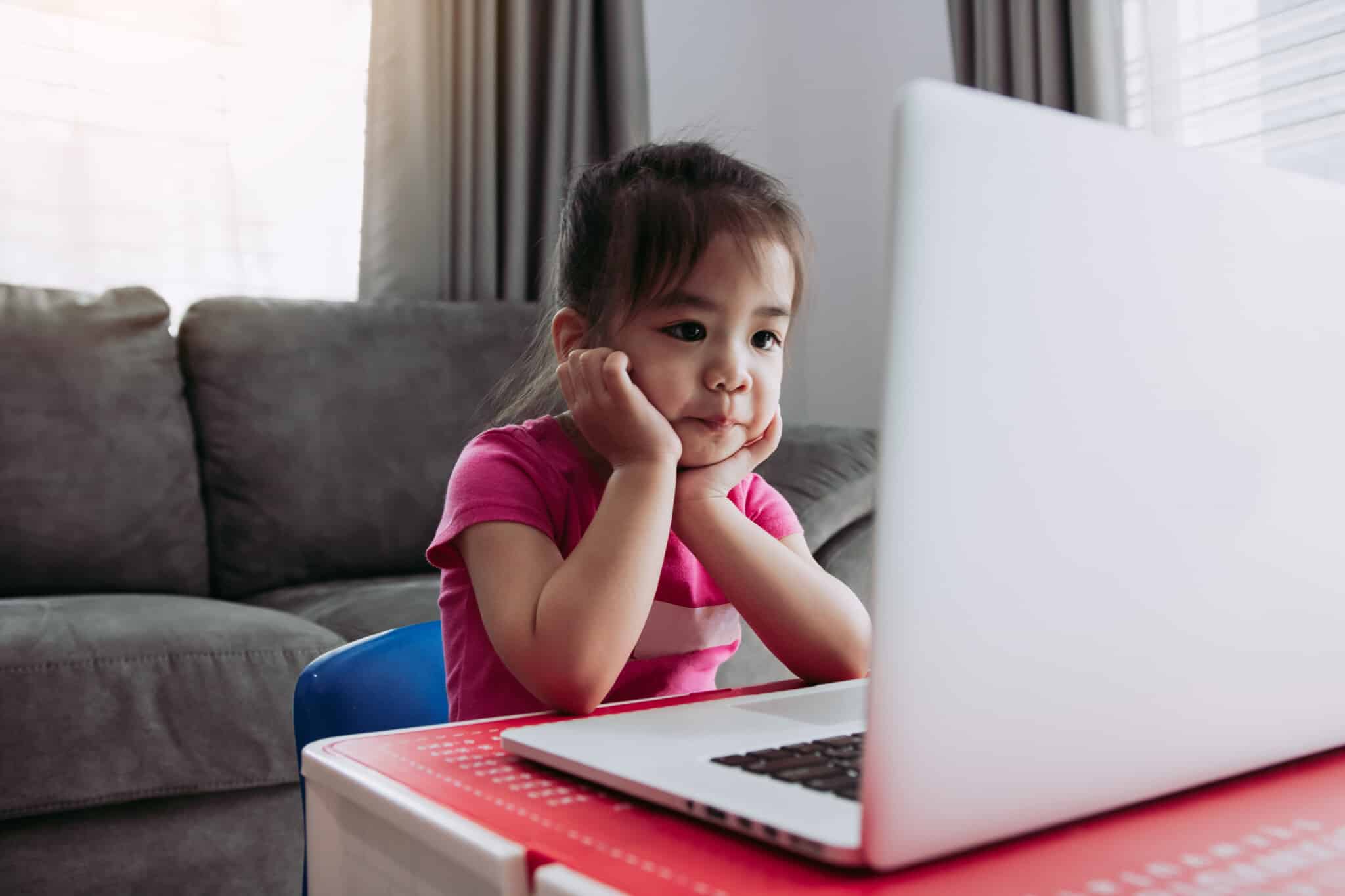
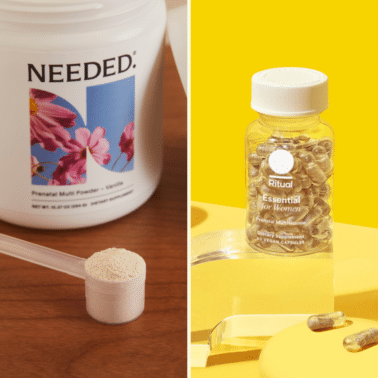
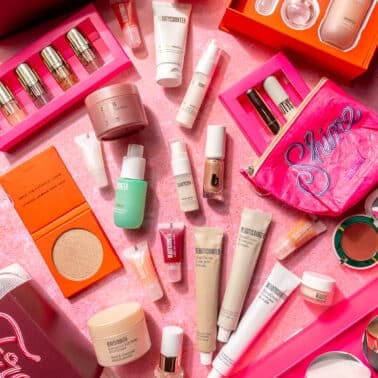
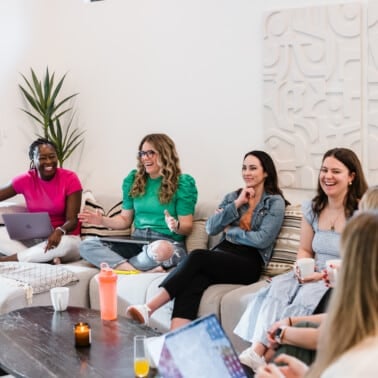
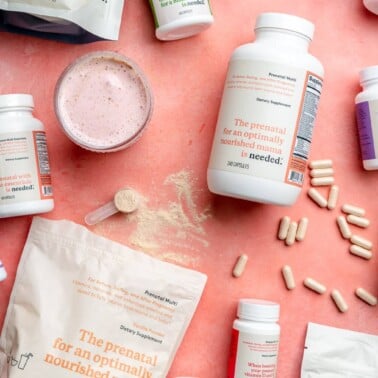








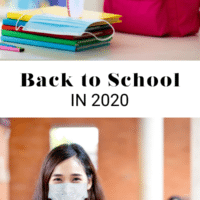

Great article! Thank you for addressing so many great points and solutions. I never thought of the disposable lunch bags. Makes sense.
So glad you found this useful, Brandi!